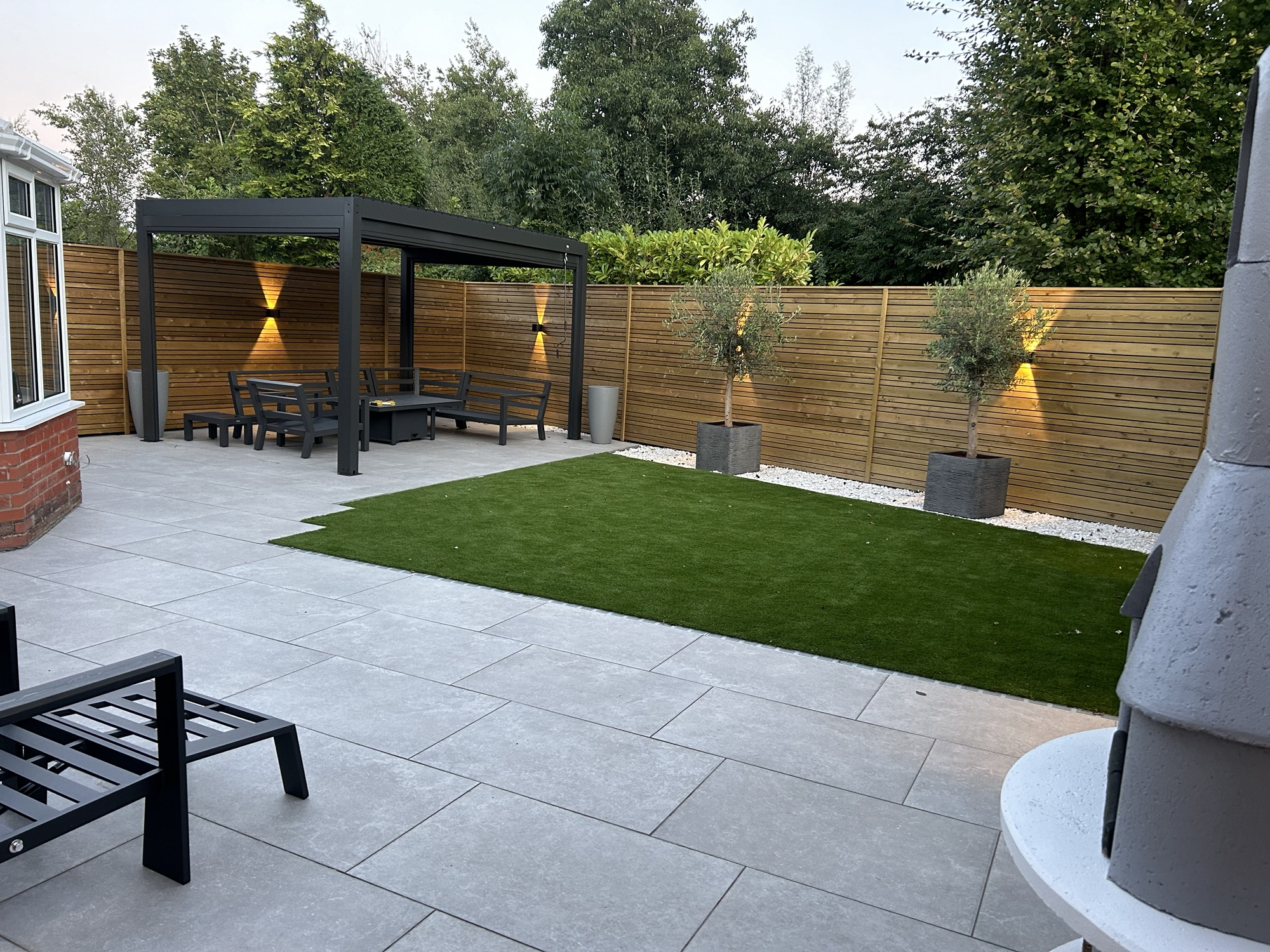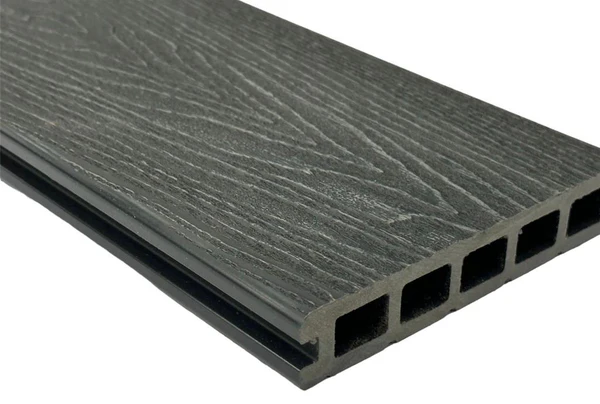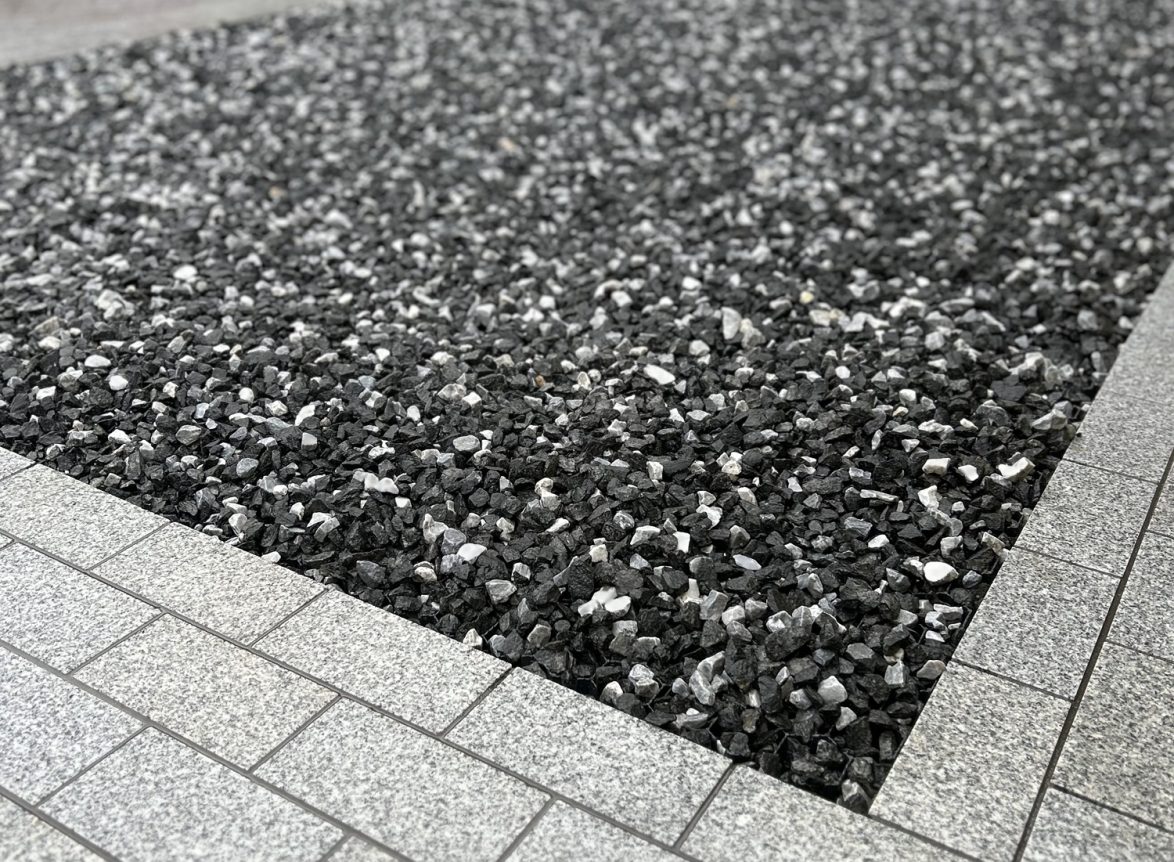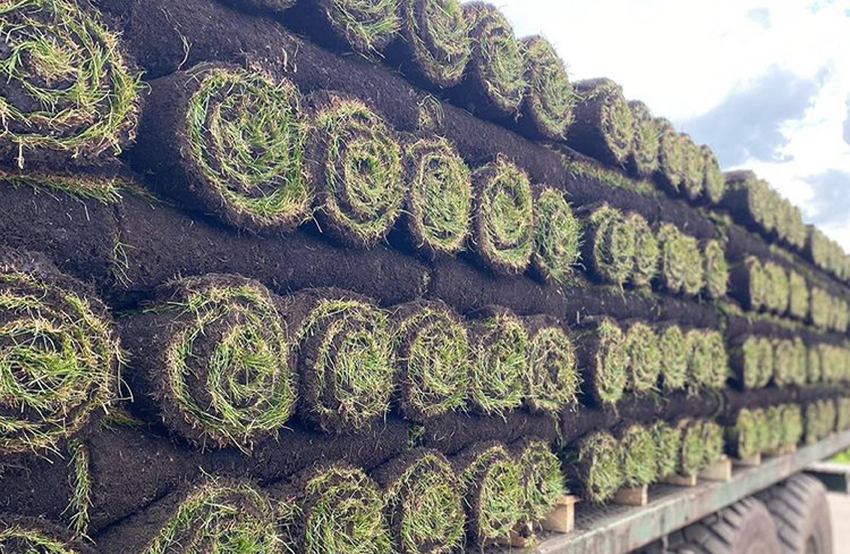Installing porcelain paving involves several steps to ensure a durable and aesthetically pleasing result. Here’s a detailed guide on how to do it:
Materials and Tools Needed:
- Porcelain pavers
- Gravel or crushed stone
- Sand
- Cement
- Priming slurry
- Paint brush or roller
- Weed membrane
- String line
- Spirit level
- Rubber mallet
- Trowel
- Notched trowel
- Jointing compound or grout
- Plate compactor
- Spacers
- Water and hose or a bucket
- Cement mixer (optional)
Steps:
- Plan and Measure:
- Measure the area where you want to install the paving.
- Plan the layout, including the pattern and any cuts you’ll need to make.
- Prepare the Ground:
- Excavate the area to a depth of about 150-200mm (6-8 inches) to allow for the sub-base, sand, and pavers.
- Ensure the ground is level and remove any debris, roots, or old materials.
- Install a Weed Membrane:
- Lay down a weed control membrane over the excavated area to prevent weed growth.
- Lay the Sub-Base:
- Add a layer of gravel or crushed stone about 100-150mm (4-6 inches) thick.
- Use a plate compactor to compact the sub-base, ensuring it’s level and firm.
- Add the mortar Layer:
- Spread a layer of mortar about 30-50mm (1-2 inches) thick over the sub-base.
- Use a rake/trowel to level the mortar
- Mix the mortar a radio of 5:1 with a general purpose cement, water and mortar plasticiser (Feb)
- Lay the Porcelain Pavers:
- Start at one corner and work your way across the area.
- Use a string line to keep the rows straight.
- Paint a layer of primer to the back of the tiles using a paint roller or paint brush. make sure this covers the full tile to make sure it gets the correct bond to the mortar bed.
- Lay each paver onto the mortar base, using spacers to maintain even gaps between the pavers.
- Tap the pavers gently into place with a rubber mallet, ensuring they are level with each other.
- Check Levels:
- Use a spirit level to ensure each paver is level and adjust as needed by adding or removing mortar.
- Continue laying pavers, checking levels regularly.
- Cut Pavers as Needed:
- Use a wet saw or angle grinder with a diamond blade to cut pavers to fit the edges and any intricate areas.
- Wear appropriate safety gear when cutting.
- Fill the Joints:
- Once all pavers are laid and checked for level, fill the joints with a suitable jointing compound or grout.
- Sweep the compound into the joints with a brush, ensuring it fills the gaps completely.
- Clean the Surface:
- After the jointing compound has set, clean the surface of the pavers with water to remove any residue.
- Final Checks:
- Inspect the entire paved area for any uneven pavers or gaps that need additional jointing compound.
- Ensure the paving is clean and any remaining debris is removed.
Tips:
- Always follow the manufacturer’s guidelines for the porcelain pavers.
- Ensure good drainage by slightly sloping the paved area away from buildings.
- Regular maintenance, such as cleaning and reapplying jointing compound, will keep the paving in good condition.
Following these steps will help you achieve a professional-looking porcelain paved area.





